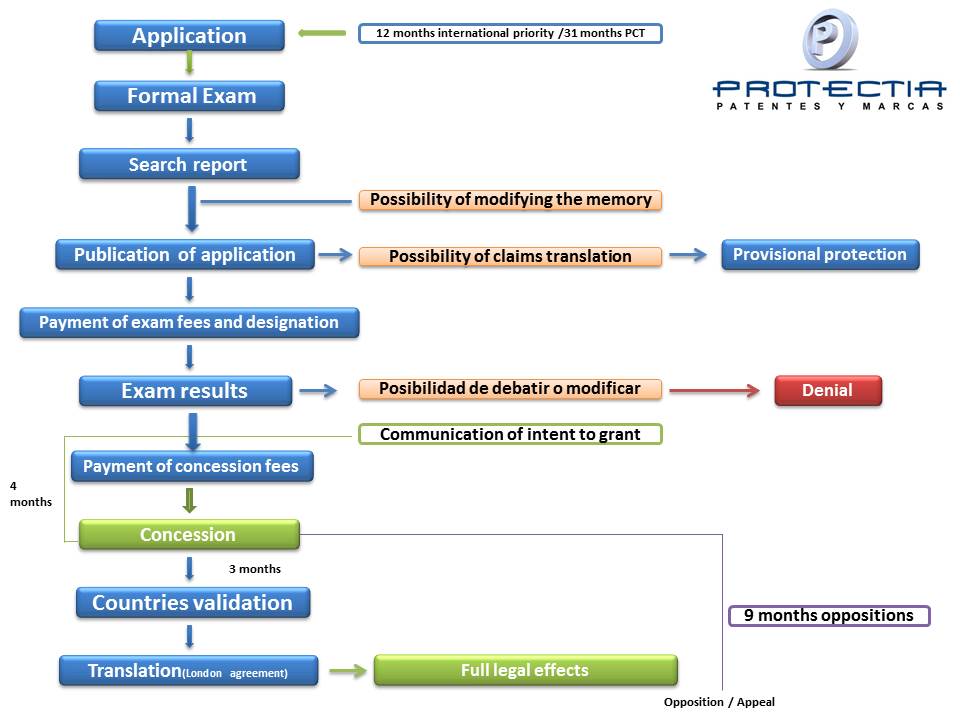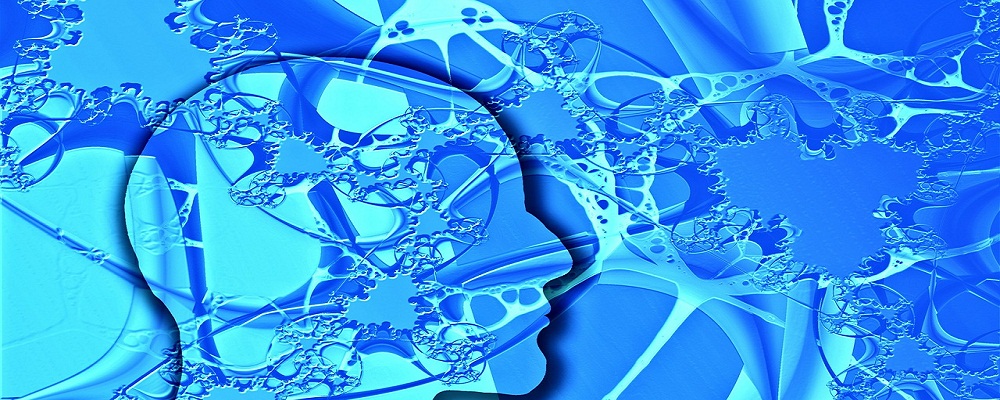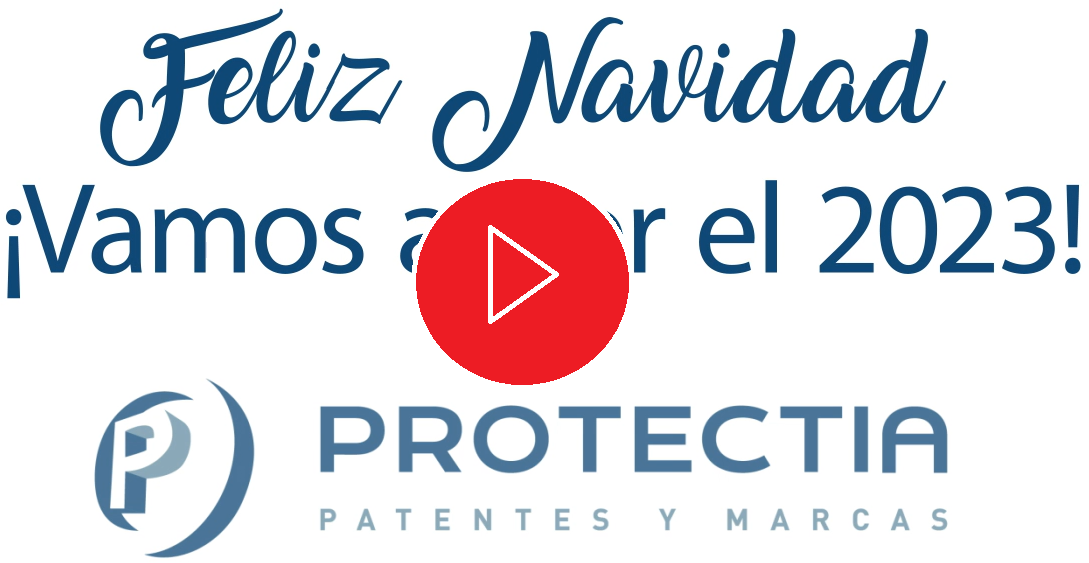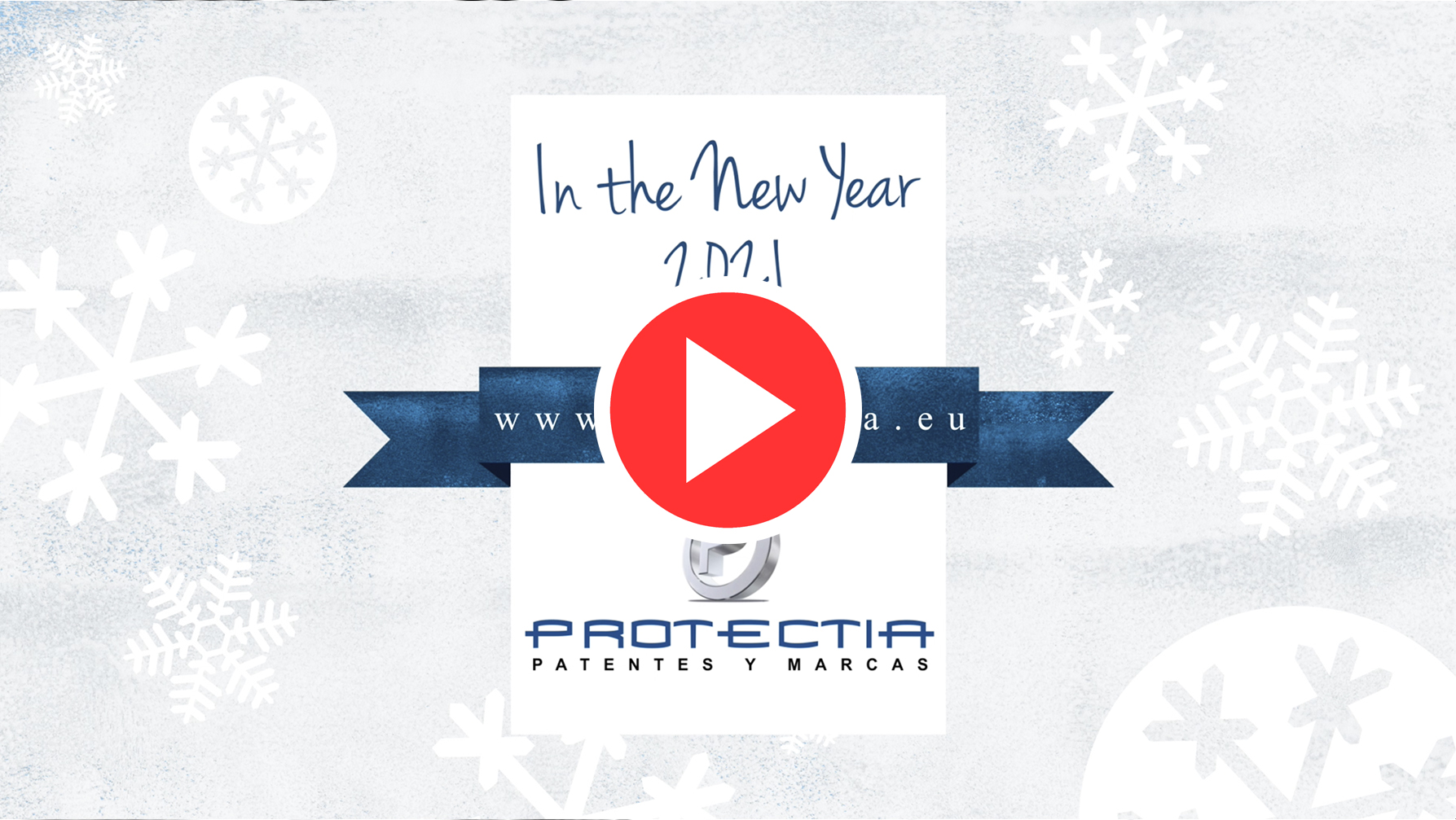The European Patent Convention signed during the Munich Conference provides protection for an invention in all member states through a single application before the European Patent Office, which take care of every step of the process: from the application to the final granting.
European Patent. Before we focus on how to patent in Europe, it would be appropriate to clarify some aspects regarding the matter of patents. A patent protects technical improvements characterized by three main features:
- Novelty: the patent has not been made known to the public before the application date, neither in Europe nor in any other country (international novelty).
- Inventive activity: the invention should not be obvious from the “state of the art” to a person with ordinary skills in the pertinent technology. The state of the art comprises everything related to the subject of the patent which has been made known to the public before the filing of the application.
- Industrial applicability: the object to be patented must be produced and used in any kind of industry.
The granting of the patent guarantees protection for a non-renewable period of 20 years, and is subjected to the payment of an annual fee to keep the patent in force. From the moment a patent is applied, 12 months are available to extend the application to any other country or group of countries.
A European Patent shall meet these requirements and also have 12 months term to be extended to any other country or group of countries of another continent.
The European Patent Convention provides protection for an invention in all member states through a single application to the European Patent Office, which take care of every step of the process: from the application to the final granting.
Its aim is to get the protection of invention easier and cheaper than the one which can be obtained through national procedures. The granting of the European Patent will produce the same effect as a national patent in case of it was filed directly in the patent office of each member states.
European patent. miember states:
Currently the following countries are part of the European Patent Convention:
|
Albania |
Croatia |
Greece |
Lithuania |
Portugal |
|
Germany |
Denmark |
Holland |
Luxembourg |
United Kingdom |
|
Austria |
Slovakia |
Hungary |
Macedonia |
Romania |
|
Belgium |
Slovenia |
Ireland |
Malta |
San Marino |
|
Bosnia |
Spain |
Iceland |
Monaco |
Serbia |
|
Bulgaria |
Estonia |
Italy |
Montenegro |
Sweden |
|
Czech, Rep. |
Finland |
Latvia |
Norway |
Switzerland |
|
Ciprus |
France |
Liechtenstein |
Poland |
Turkey |
The process can be initiated in several ways:
- Directly before the European Patent Office.
- Based on a national application within the above-mentioned international priority term.
- As a continuation of PCT patent processing: Euro-PCT.
European Patent. The process:
The process of an European Patent is divided into two phases:
- A unified phase of the process, from the application to the granting.
- Consolidation of the granting in each one of the national offices.
There is an optional intermediate step between the two phases that aims to obtain provisional protection in each member country. After the publication of the application, the claims can be translated into the official language and sent to the relevant national patent office.
Generally, the process of an European patent is the following:

- Receipt and formal examination of the application in one of the three official languages (English, German or French).
- Issuance of the International Search Report and possibility to modify claims.
- Publication of application and of the Search Report.
- Examination of the novelty and patentability of the invention.
- Possible discussion, if from the novelty examination emerge objections with the option to realize restrictive amends.
- Resolution: Refusal or registration.
- Validation of the registration in the countries of interest. Translations.
- Deadline for objections: within 9 months from the publication of the granting.
The European Patent has the peculiarity of being subject to the payment of annuities from the third year of the application until the resolution of the case. In addition, once validated, annual payments shall be made in each one of the countries in order to maintain the monopoly.
For full legal effect, after the granting of the patent, it should be made the translation to the official languages. The London Agreement on the new conditions of validation of the European Patents (May 2008) represents a significant cost savings in translations, due to:
- Countries whose official language is also one of the three official languages of the European Patent Office (French, German or English), completely renounce to the requirement of translation: Germany, France, Monaco, Switzerland/Liechtenstein, Luxembourg and Britain.
- Would require only the translation of the claims in case of an English version of the patent: Croatia, Denmark, Iceland, Sweden and the Netherlands; regardless of the existing version: Latvia and Slovenia.
European Patent. Conclusion.
In conclusion, it can be said that for patenting in Europe the most recommendable way is the filing of a European Patent application, for:
- The large number of countries which includes.
- The cheaper and easier way in general.
Are you interested in the registration of a European Patent?



